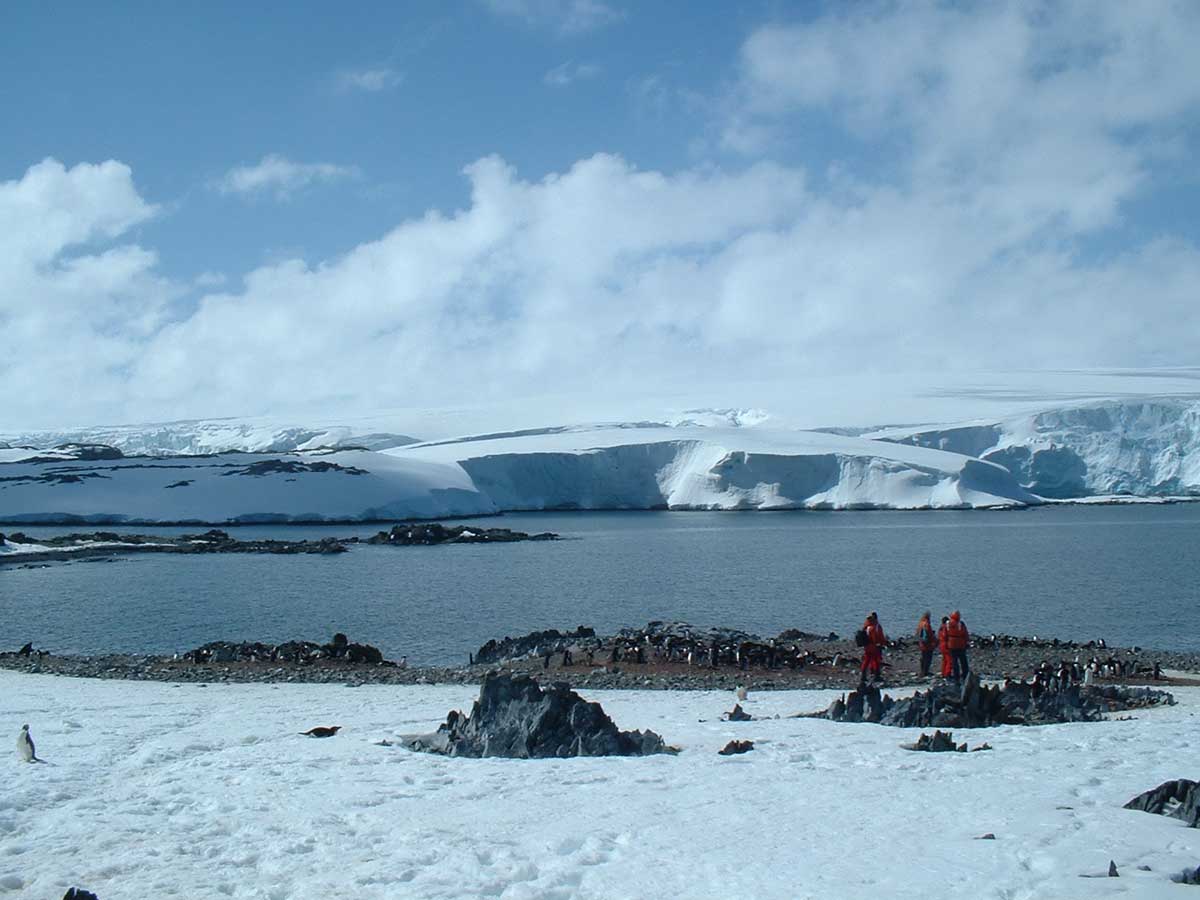Because of extreme isolation of the Antarctic continent since the Early Oligocene, one expects a unique invertebrate benthic fauna with a high degree of endemism. Yet some invertebrate taxa that constitute important ecological components of sedimentary benthic communities include more than 40 percent non-endemic species (e.g., benthic polychaetes). To account for non-endemic species, intermittent genetic exchange must occur between Antarctic and other (e.g. South American) populations. The most likely mechanism for such gene flow, at least for in-faunal and mobile macrobenthos, is dispersal of planktonic larvae across the sub-Antarctic and Antarctic polar fronts.
To test for larval dispersal as a mechanism of maintaining genetic continuity across polar fronts, we propose to (1) take plankton samples along transects across Drake Passage during both the austral summer and winter seasons while concurrently collecting the appropriate hydrographic data [i.e. vertical and horizontal temperatures from hourly XBT data and horizontal current data from ADCP]. Such data will help elucidate the hydrographic mechanisms that allow dispersal across Drake Passage. Using a molecular phylogenetic approach, we will (2) compare seemingly identical adult forms from Antarctic and South America continents to identify genetic breaks, historical gene flow, and control for the presence of cryptic species. (3) Similar molecular tools will be used to relate planktonic larvae to their adult forms. Through this procedure, we propose to link the larval forms respectively to their Antarctic or South America origins.
The proposed work builds on a previous SGER grant (RSS - PI) and represents an integrative study between a senior oceanographer (RSS) that focuses on the biology of larval dispersal and a younger molecular systematist (KMH) of marine invertebrates. Through a combination of our respective expertise, we will be able to build a synthetic understanding of historical gene flow and present day dispersal mechanisms in South America/Drake Passage/Antarctic Peninsular regions. Furthermore, this work represents one of the first attempts to examine recent gene flow in Antarctic benthic invertebrates.
